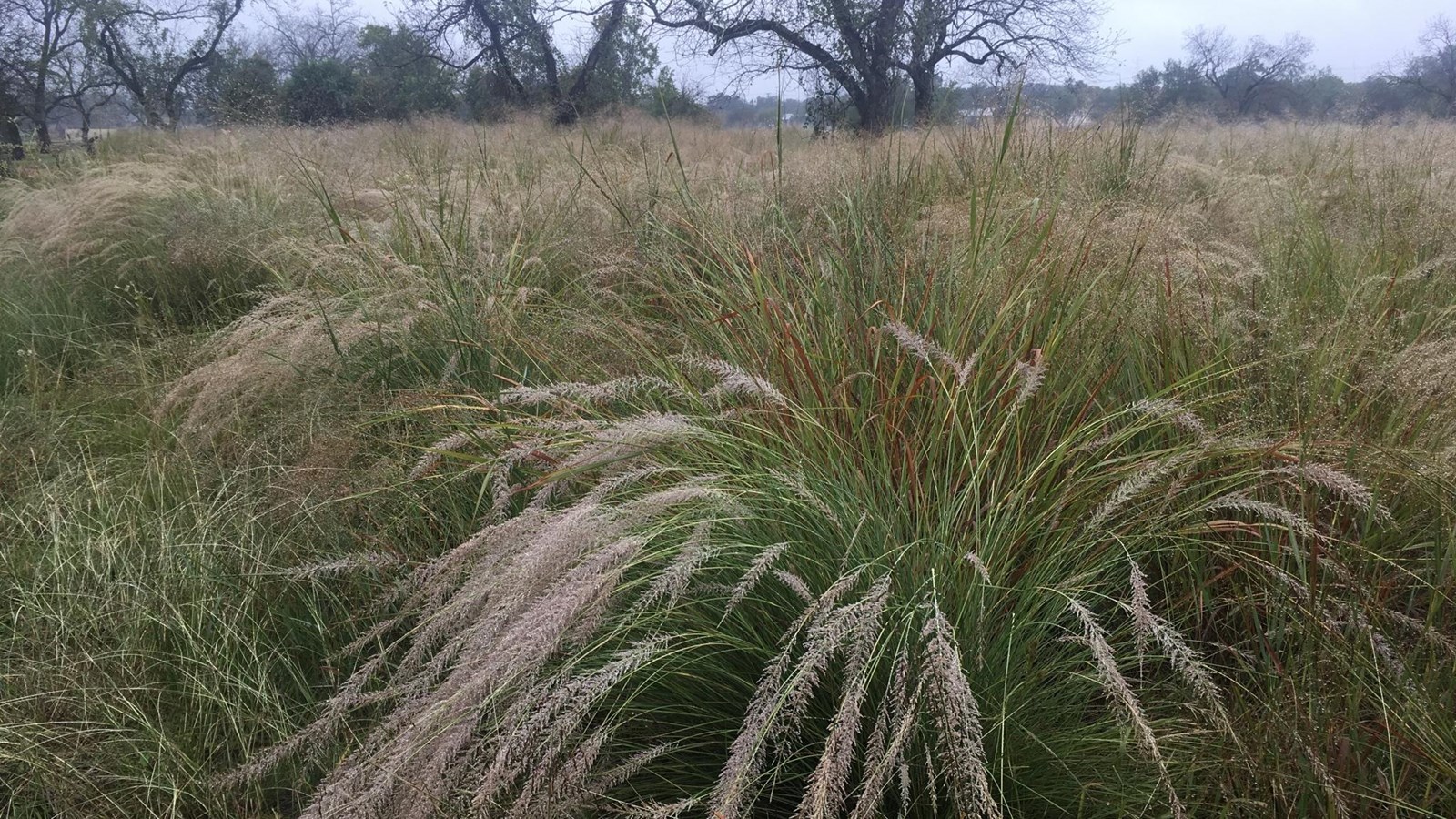Last updated: October 10, 2024
Place
A Land Transformed

NPS Photo / Jack Burton
Historical/Interpretive Information/Exhibits
Abundant timber, "stirrup-high" grass, and seemingly adequate water lured the hill country's first settlers to this land. But the land deceived. Only a thin layer of poor soil sustained this lush landscape.
The virgin grasses that attracted the first settlers were the product not of one growing season—as was so back east—but of dozens. Once consumed by cattle and sheep, the grass regenerated slowly. Crops of cotton and corn thrived in the first years, but by 1890 per-acre yields had dropped by as much as two-thirds. Prosperity gave way to a toilsome struggle for survival.
Today, brush, cedars, and non-native grasses dominate a land where once mustang grapes, wild plums, persimmons, and agarita bushes grew. Pecans now stand beside the native cypress. Terraces and fence lines crisscross the landscape. The imprint of human use is everywhere.
